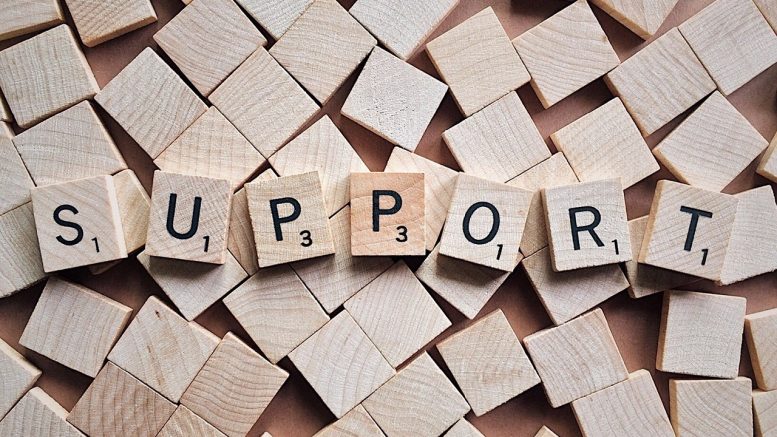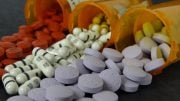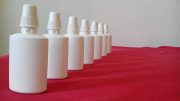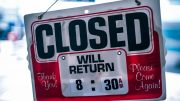Successful retailers long ago realized it is faster and cheaper to resell and upsell a repeat customer than to get a new one. And in pharmacy, where consumers and patients can choose from the big box, chain, mail order, online, and community retailers, improving the customer experience is critical to repeat business.
Service Base
“The whole basis of our business is to lighten our customer’s life, even by five minutes,” says Cliff Holt, PharmD, president of Hurricane Family Pharmacy in Hurricane, UT.
One of the surest ways to lighten customers’ lives is to make it easier to communicate. Amazon and other major retailers have gotten customers accustomed to using mobile applications on smartphones and tablets. Healthcare has been slower to adopt mobile applications, in part because of privacy concerns and HIPAA regulations
“Mobile apps, mobile refills, and text messaging are an extreme consumer preference,” says Kurt Proctor, RPh, Ph.D., NCPA senior vice president of Strategic Initiatives and President of the NCPA Innovation Center. “We see that chains are somewhat ahead of some independent pharmacies. In today’s pharmacy marketplace, customer convenience can make a huge difference.”
For Schafer, RPh, customer convenience for her Ketterman’s Pharmacy in Seattle, WA, includes a full line of immunizations and travel advice. Ketterman’s was the first pharmacy in the country to offer flu shots, she says, and the first to provide routine vaccine administration by pharmacists. The pharmacy administers 20 to 30 vaccines daily.
Issues To Discuss
Vaccinations filled the gap for Ketterman’s Pharmacy when Schafer decided a large contract was unacceptable. “Without that low-ball contract,” Schafer says, “we had the time to come up with ways to allow these families to keep using our store even if we weren’t filling their prescriptions.”
Schafer notes that Washington state gives pharmacists broad scope to prescribe and administer vaccines, but she adds that pharmacists in other countries can set up collaborative practice agreements with prescribers as needed. Almost any pharmacy can boost vaccination rates by 10% or more by checking current patients for tetanus boosters, shingles, pneumonia, flu, and other conventional vaccines.
Providing travel advice is a natural outgrowth of serving patients who might need measles, typhoid, cholera, Japanese encephalitis, and other vaccines for work, school, vacation, and other travel. The need is there, she says, and it takes little more than letting patients know the pharmacy can provide the vaccinations.
Schafer notes that the University of Southern California School of Pharmacy and APhA have stable online modules that help with creating and running a pharmacy-based travel clinic.
The CDC Health Information for International Travel, better known as the Yellow Book, updates health advice and precautions yearly.
In Gallatin, TN, Andrew Finney, PharmD, has transformed one of the country’s oldest pharmacies into one of the most modern. Perkins Drugs & Gift Shop opened in 1895.
More Data To Investigate
Finney’s latest enhancement is scripClip, an RFID-based will-call system for Rx pickups.
As prescriptions are filled, they go into individual bags hung on the will-call rack. When the technician enters the customer’s date of birth, name, or other identifying information, a light on the prescription bag flashes. Bags can also be set to chirp. The tech scans the prescription package itself to confirm it is the right product for the right patient.
“For the pharmacy, it’s a patient safety improvement,” Finney says. “One bag, one person, one prescription.
And if the patient has more than one script, all his or her bags light up, so you never miss giving something out. For our patients, it’s a convenience and speed because you never have to search for their bag. They notice the time difference.”
The system also helps boost compliance.
A tech can sort the filled bags based on fill date, medication type, and other parameters. The selected bags blink for easy identification, which makes it faster to identify and contact patients who have not picked up their scripts.
In Southwestern Utah, Holt built Hurricane Family Pharmacy from one prescription the day he opened to 12,000 scripts a month, ten years later. There is no lack of competition from chains, big box stores and other independents in St. George County, Holt adds. What the community lacked was a pharmacy focused on improving the customer experience.
“I want to look different, act different, smell different,” Holt says. “Whether it’s using green vials because nobody else was, hiring nurses for immunizations, or including supplements and OTCs in my strip packaging, it is all about making Hurricane stand out and making life easier for our customers.”
To Sum Up
Medication synchronization, which he markets as a VIP program to 70% of his client base that uses the services, also includes a popular free delivery service. 75% of his delivery service patients have never been to the pharmacy.
Hurricane nurses visit patients in their homes, do medication reconciliation around the kitchen table, and set up their medication synchronization. Three days later, a driver drops off their first box of single-use strip packaging. Ten days before the next scheduled delivery, a nurse calls the patient to confirm the order.





Be the first to comment on "Customer Service in Drug Stores"